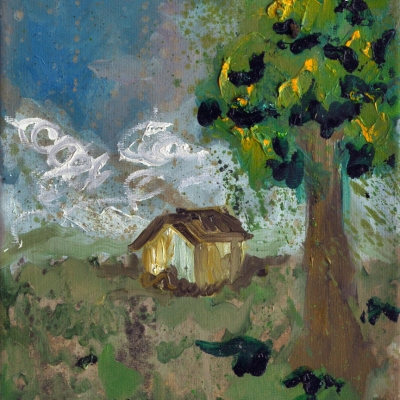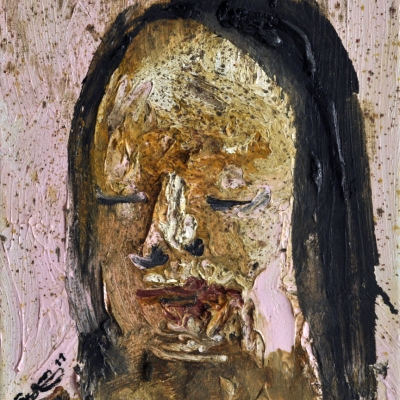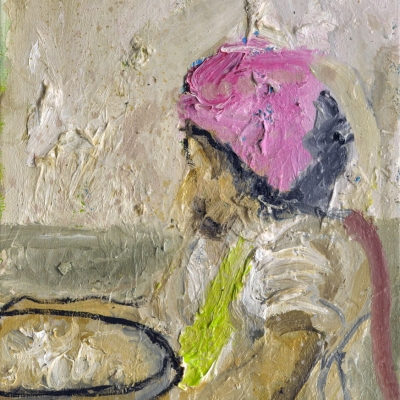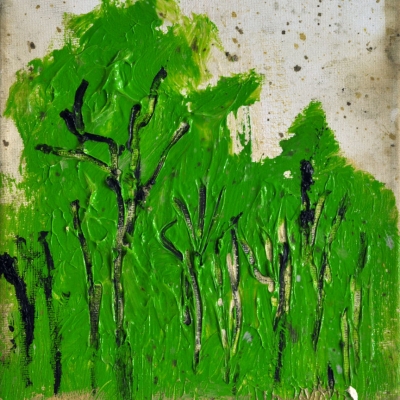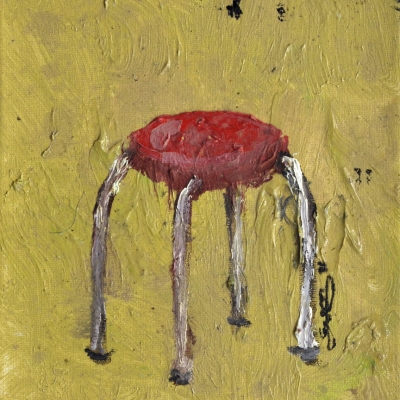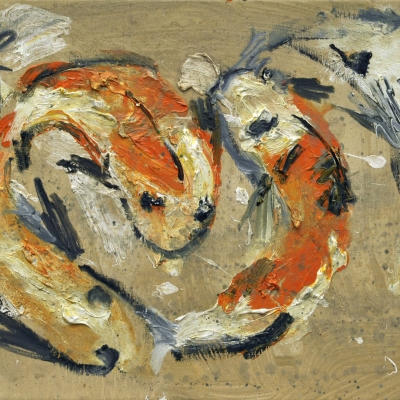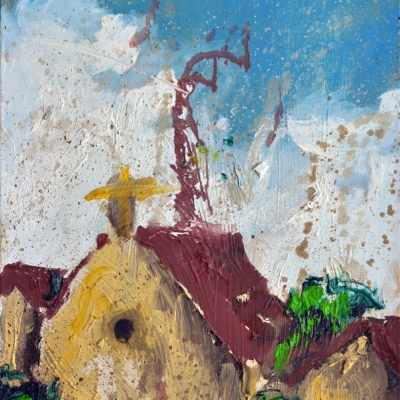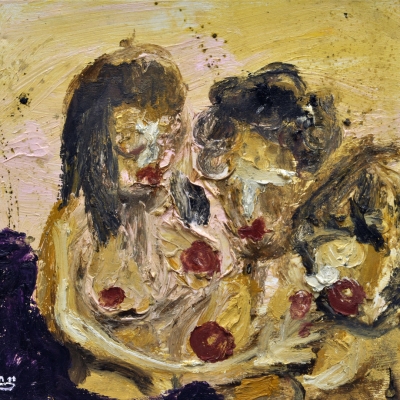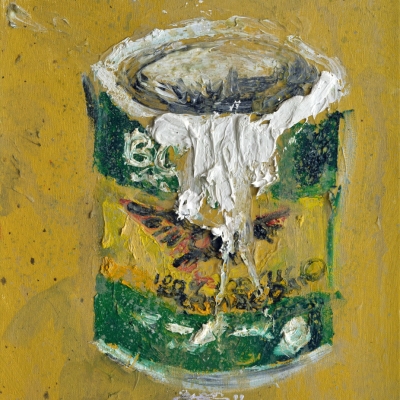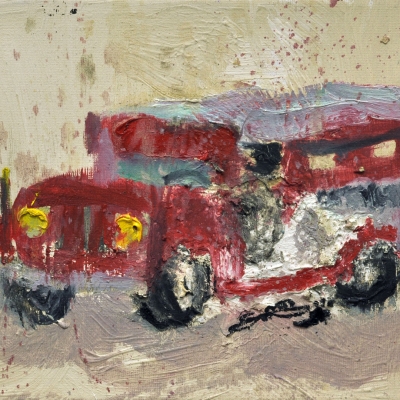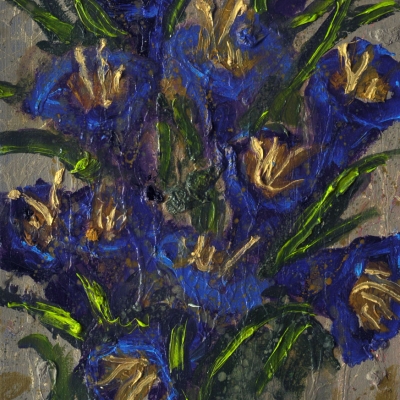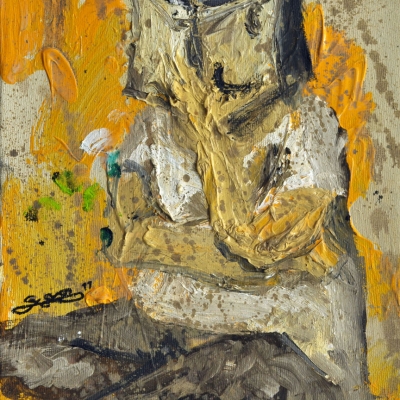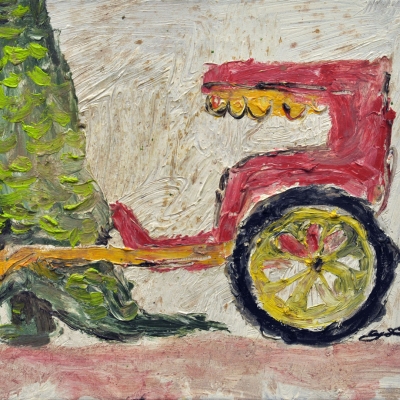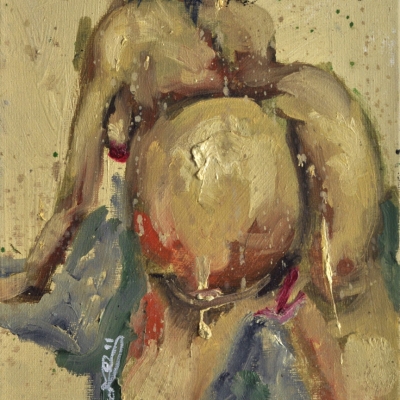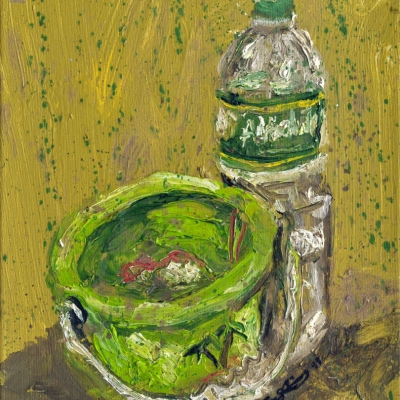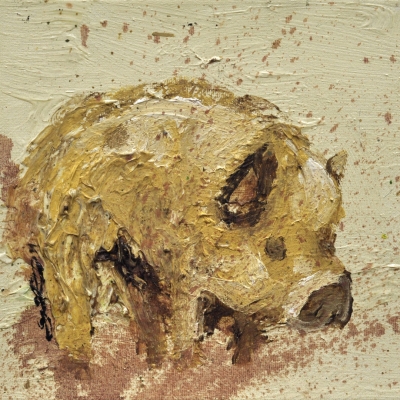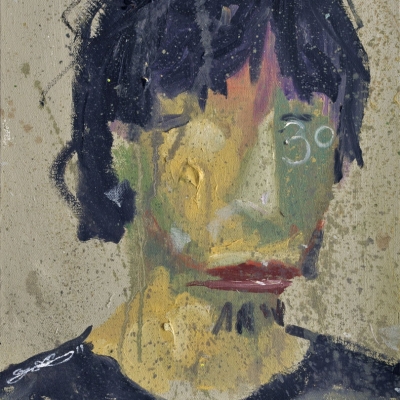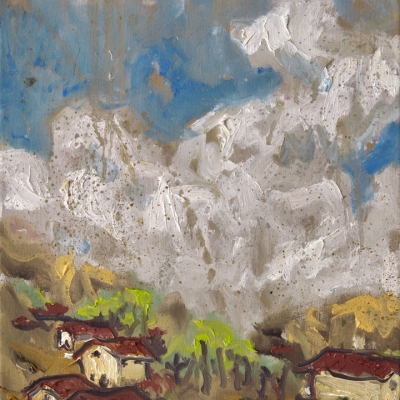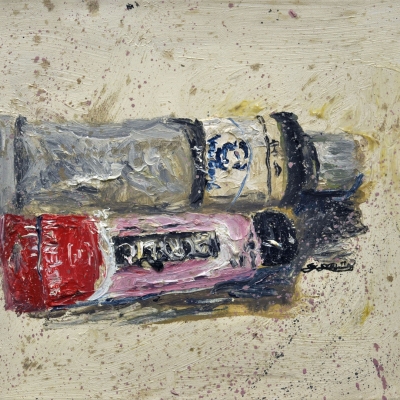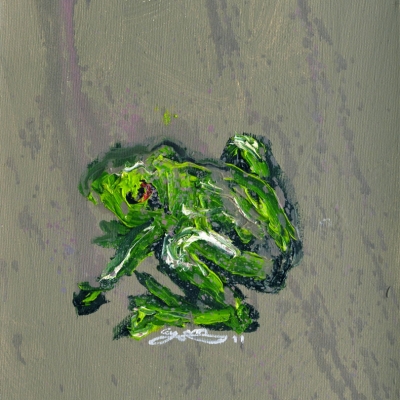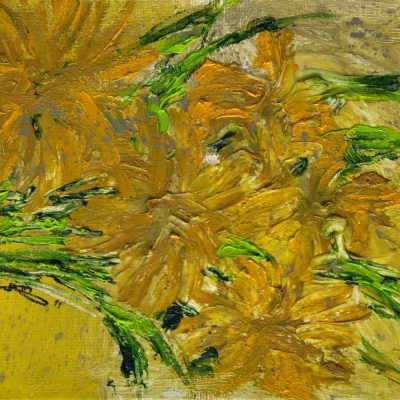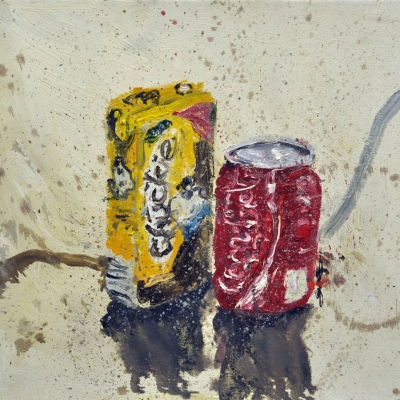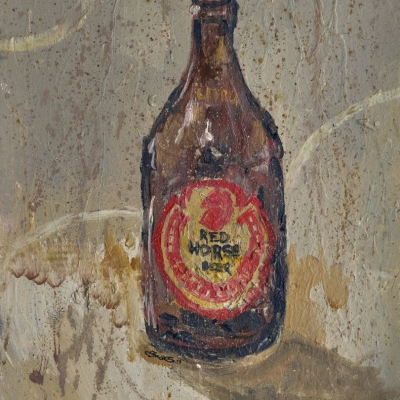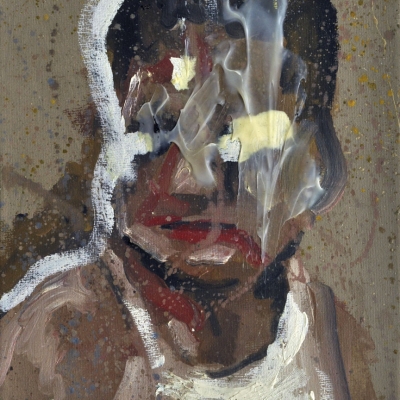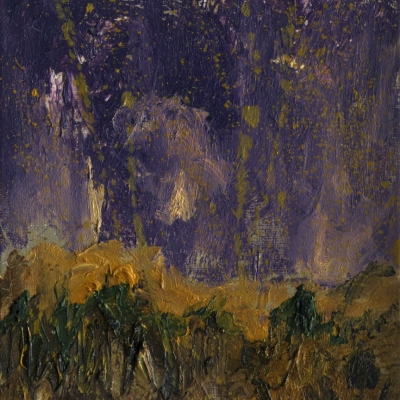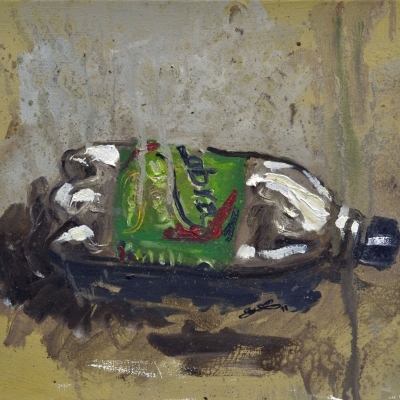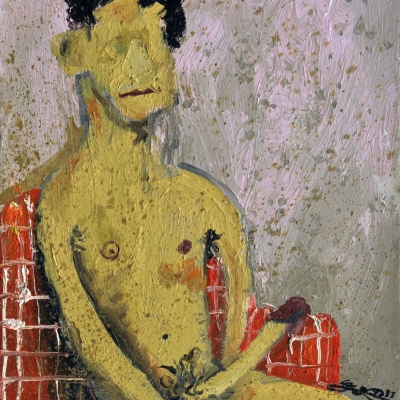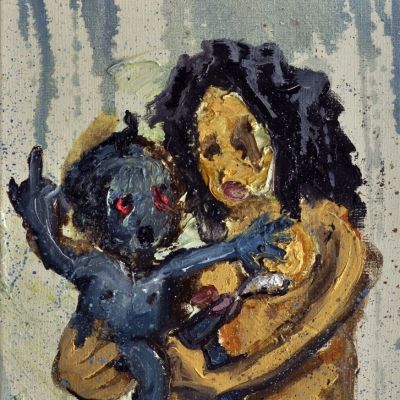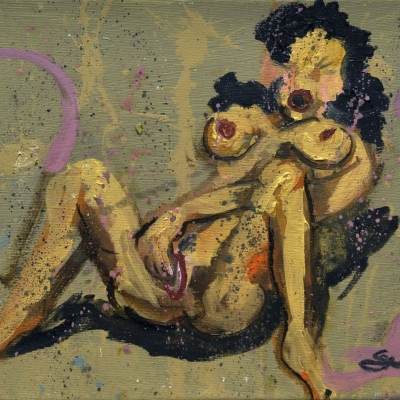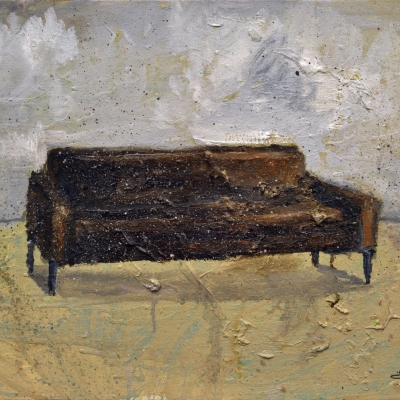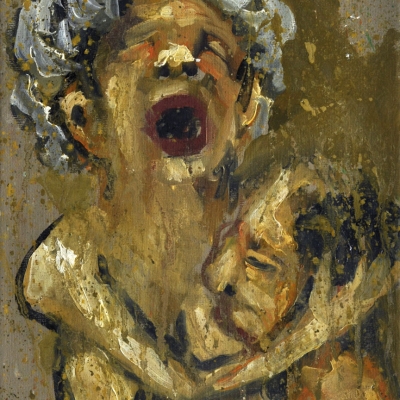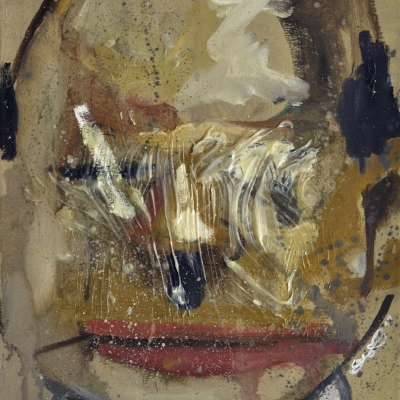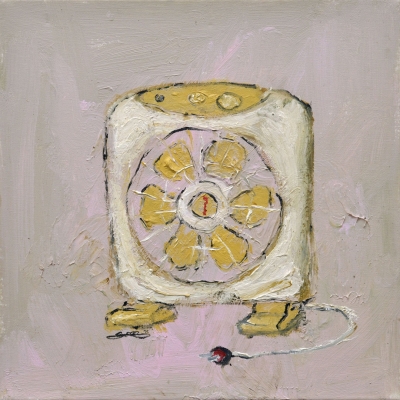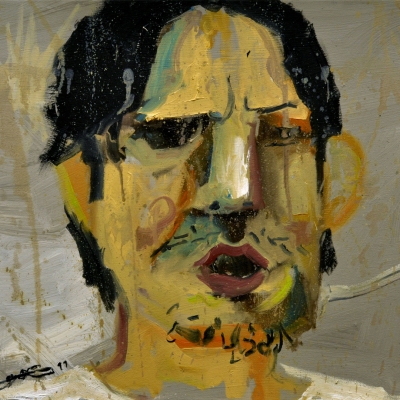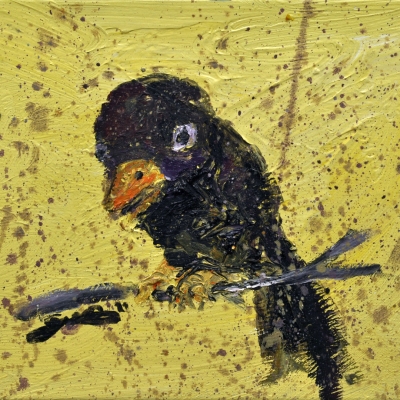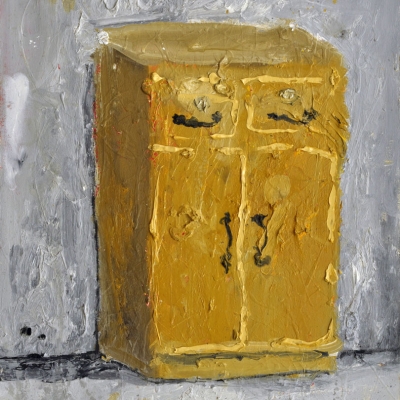Bjorn Calleja is painting big questions, questions that mark the tradition of painting and questions that accompany this practice of experiment and error. With a different art-inflected self-consciousness, Bjorn has been involved in a progressive chain of exhibitions that veers away from personal iconographies and contemplates the language of the practice he is confronted with from another paradigm.
Bjorn continues the investigation of his position in painting in Some Failed Attempts in Creating a Good Image for Painting. This series of ninety works is configured to make up the word “KUNST”, which point to the springboard the artist departs from: the event of the Degenerative Art in Germany that positioned any artistic form going against traditional standards as negation to cultural progress. Ironically, what sprung from this incident were the interest and basis of contemporary artistic practices. For this reason, Bjorn examines the Sisyphean logic of aesthetic taste.
The operative terms are already mapped out: “failed attempts”, “creating” and “good image.” There was a goal in the beginning and what was met was a fine sense of the potential of imperfection, of the beautiful facets of risks, of demands that cannot be fulfilled. Some Failed Attempts in Creating a Good Image for Painting embodies contradiction – simultaneously overcoming cliché by exploiting it, saying bad taste but good art. This series is a punctuated performance under a tripartite structure of a task done in response to a particular rule or requirement – in this case popular painting subjects/ themes in their realist glory -, a task failed and then repeated.
Guided by the impetus to question painting with painting, Art with art, the loop of repeated failure actually resists repeated attempts to impose a classicist practice on an otherwise open-ended, process-oriented one. Actively buoyed out by its installative gesture, the works themselves become a device for deferring closure in a language critical even to itself.




